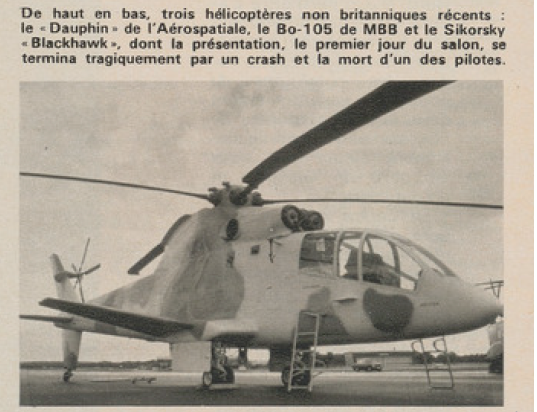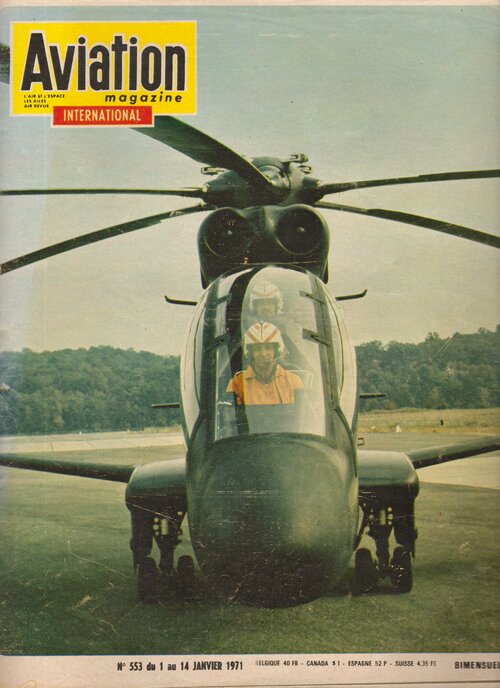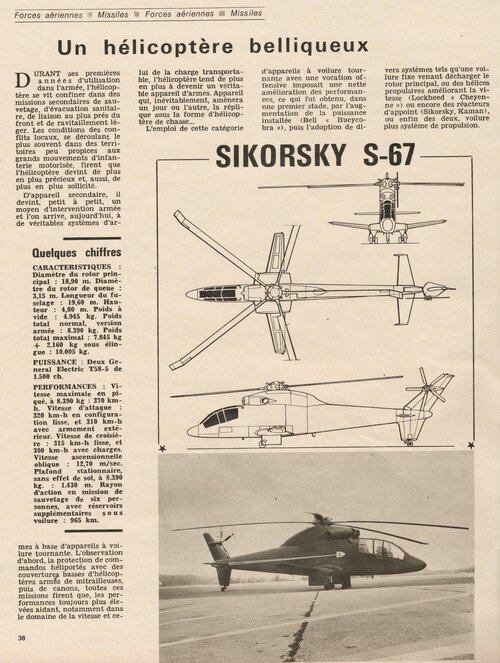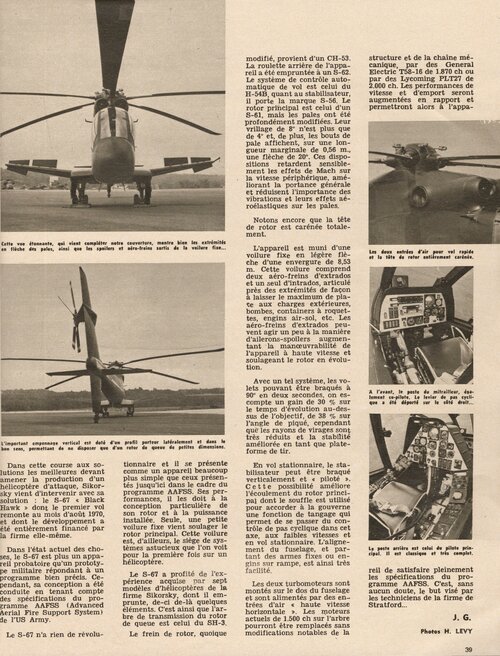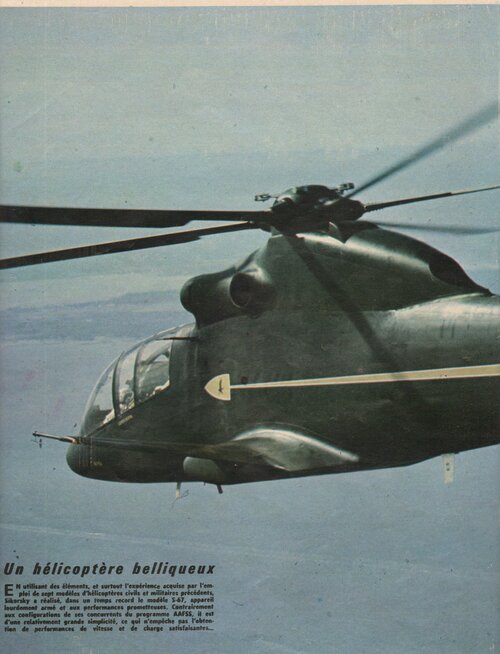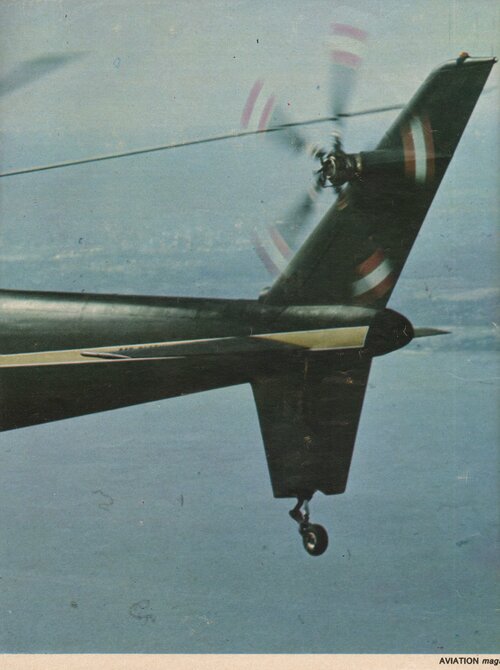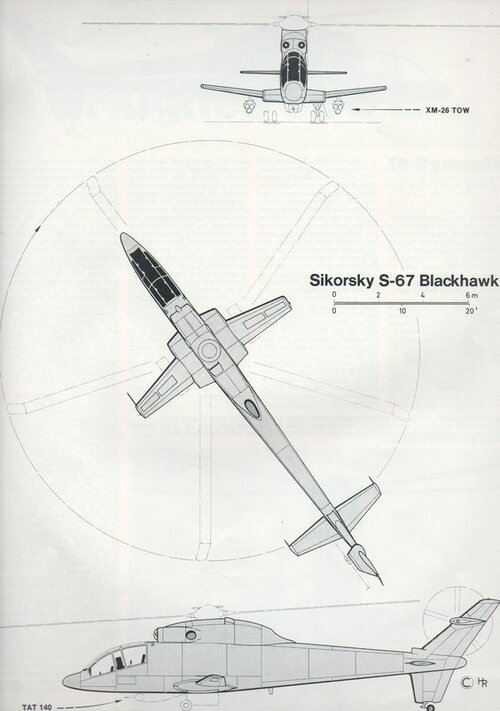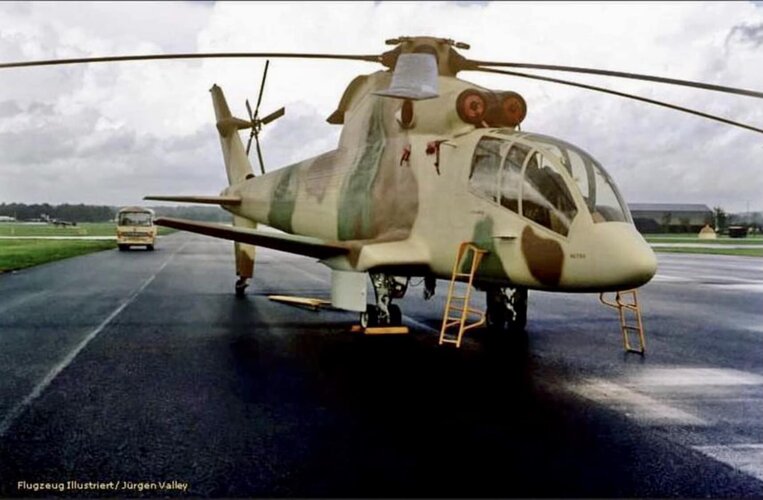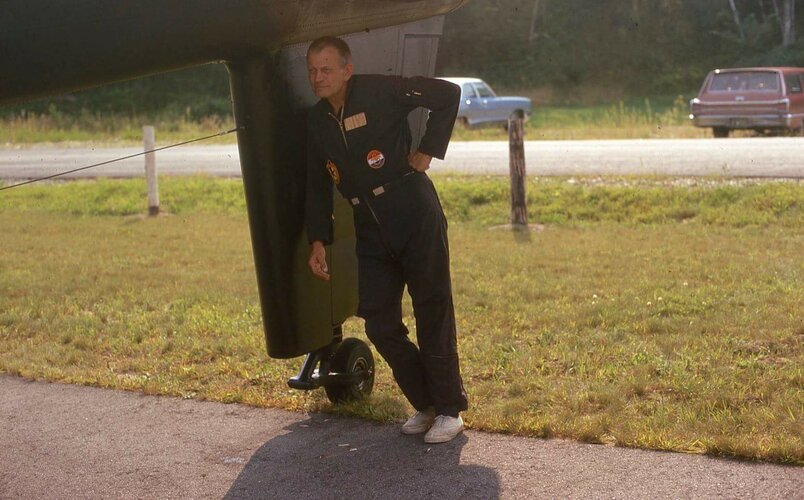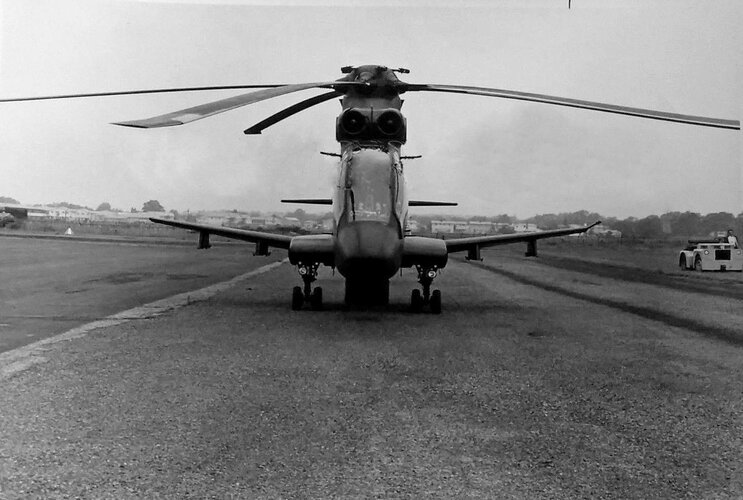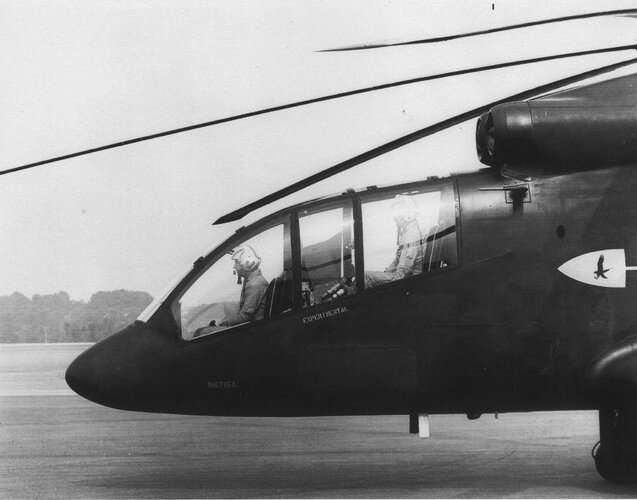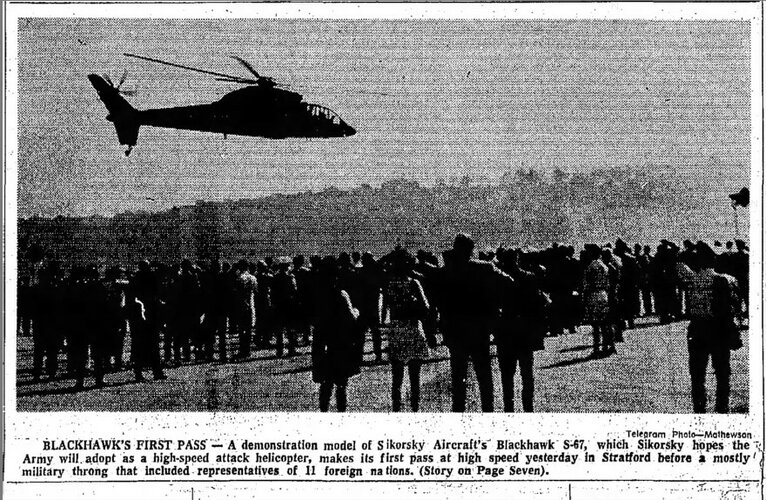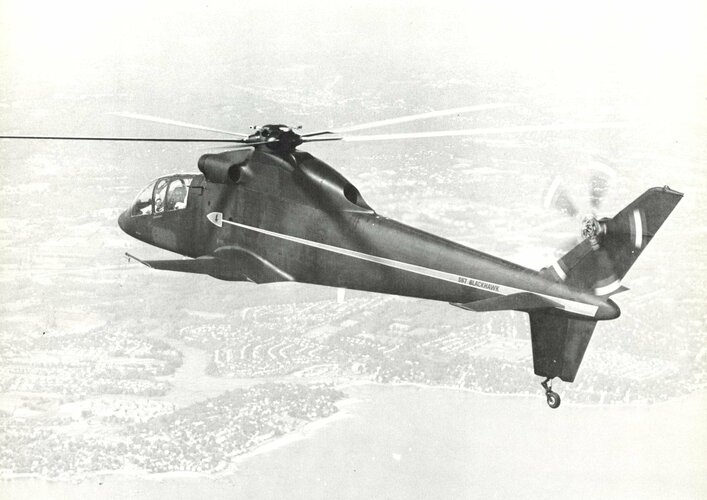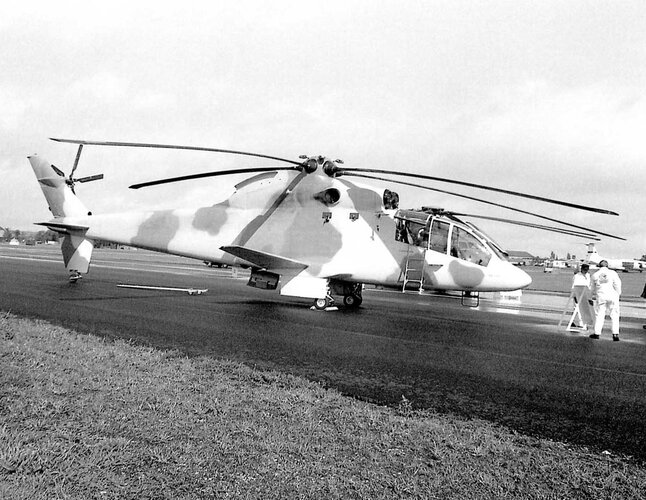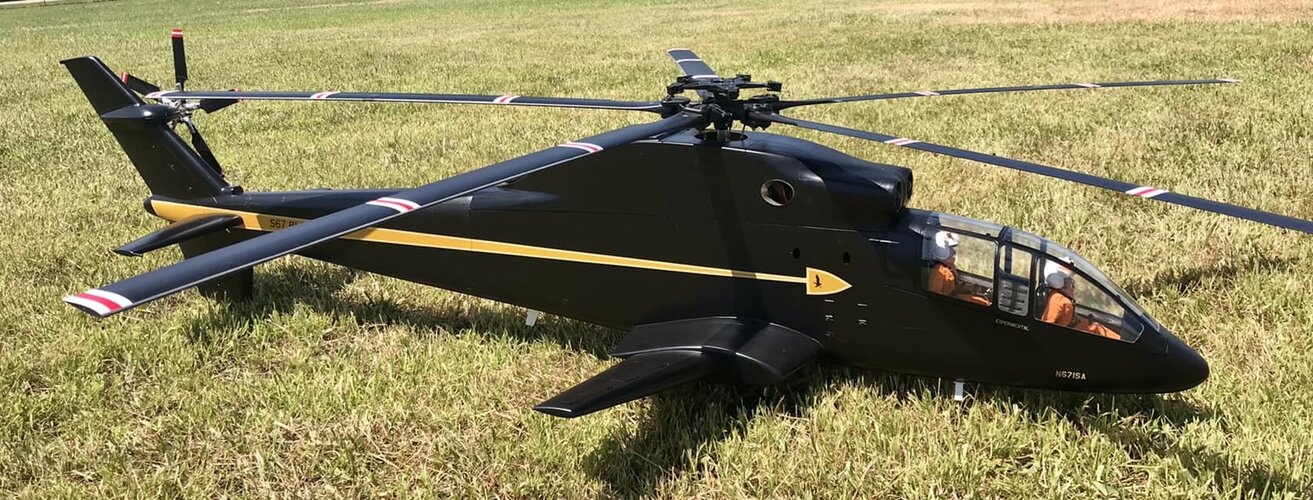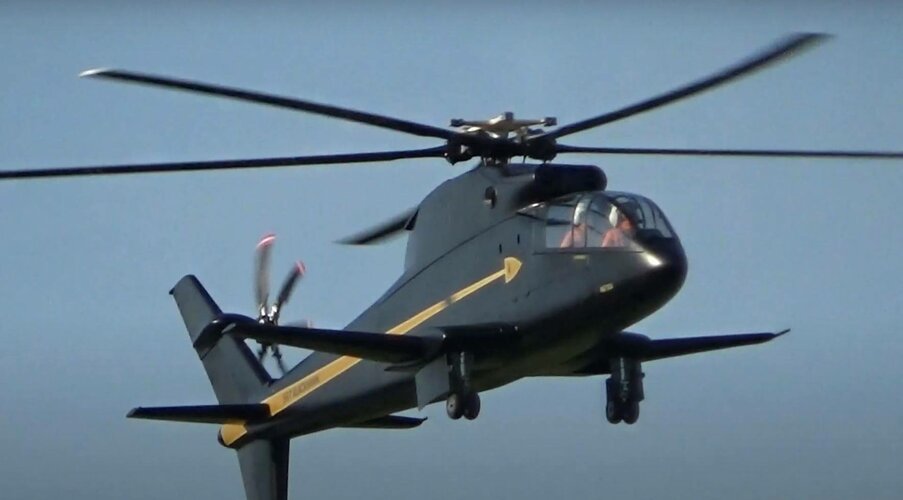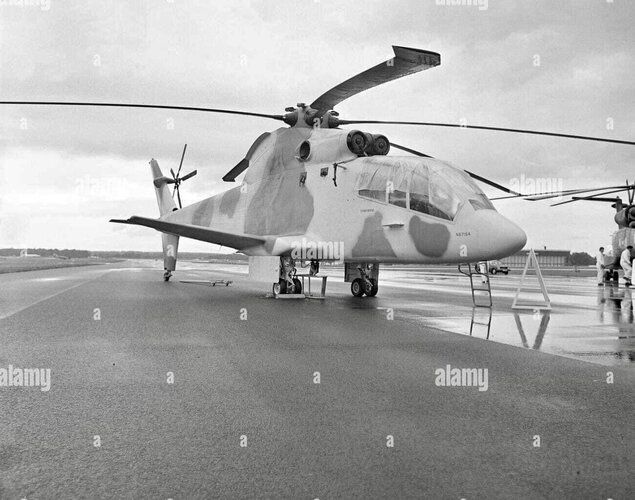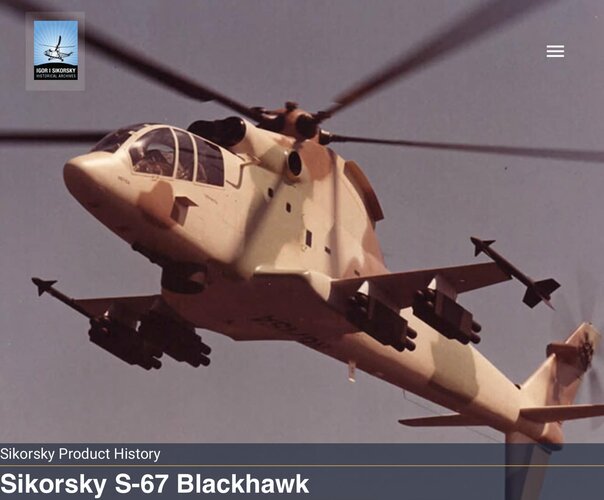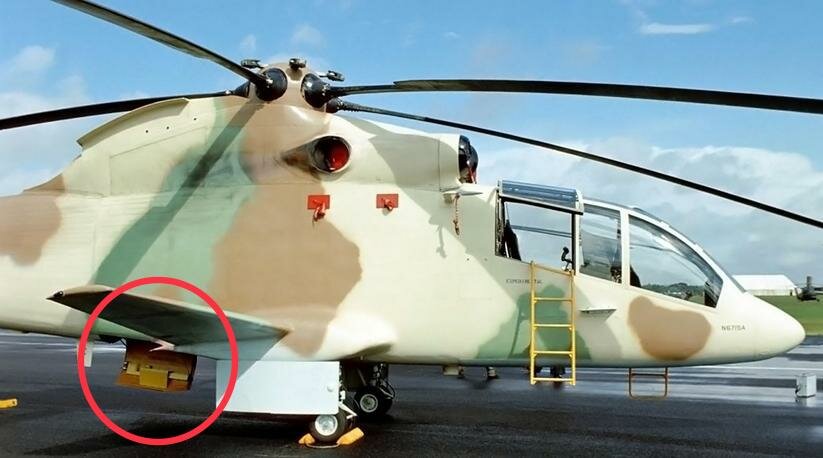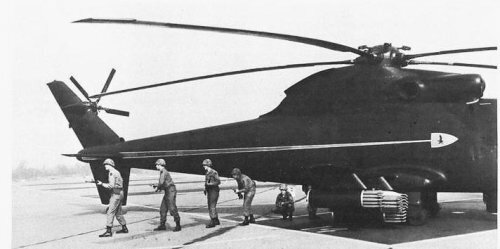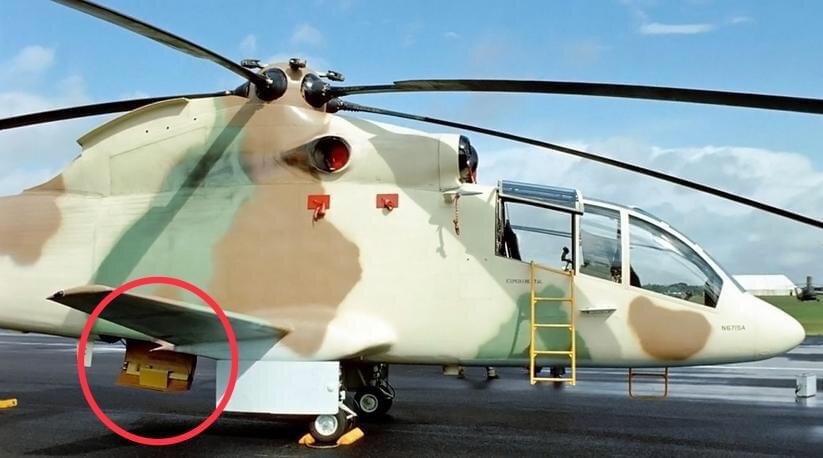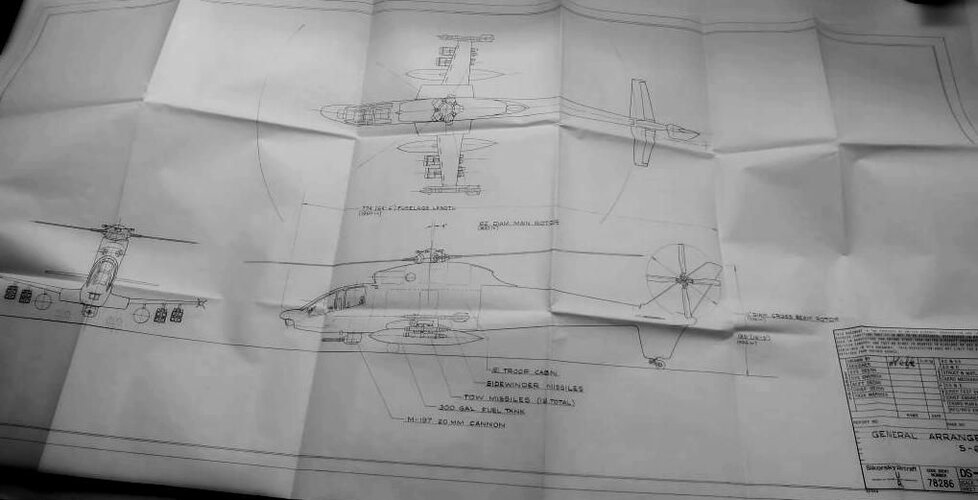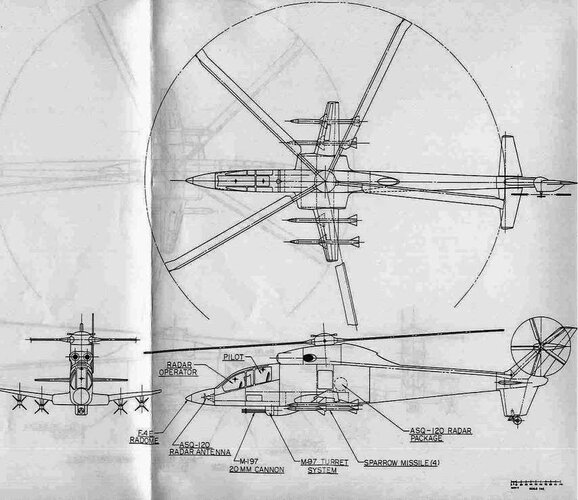Don’t know' if anyone is interested, but I flew in the S-67 from Gutersloh, in what was then West Germany on 22 September 1972. Captain was John A McKenna (died January 7th, 2013) who was an executive VP with Sikorsky at the time. The aircraft was on a tour of W Germany at the time and also visited, I believe, Heeresflugplatz Bückeburg with the
Bundeswehr along with Sikorsky's CH-53.
I was a training officer (QHI) with 18 Squadron flying the Wessex 2 (S-58 built under licence by Westland Helicopters with x2 Gnome gas turbines shoehorned into the droopy nose!) from Gutersloh at the time. The Wessex had a fully-articulated rotor head/system likewise theS-67, so maintaining positive G was mandatory or else
control power would be compromised.
My time airborne, in the front seat of the S-67 was about 15 minutes and McKenna conducted a number of manoeuvres.
First, a barrel-roll, maintaining +G, which I then attempted with ‘talk through’ and in which the aircraft lost considerable altitude L, followed by McKenna’s roll and pull-through, simulating an ordnance delivery attack, during which the airspeed indicated around the 200 knot mark.
‘Following through’ on the controls, it was evident that relatively coarse control movements were required. Helicopter pilots usually attempt to keep such movements smooth and with only the optimum required deflection to ensure ideal handling.
Later, on the dispersal, I saw little evidence of any troop-carrying capacity and when main transmission/rotor head panels were opened for servicing/inspection, they seemed to require some ‘buttoning up’ with dusz or similar type fasteners to secure them. It did not seem that similar folding servicing/access platforms, as per Wessex, had been developed. However, I may be mistaken as my view was not of the best.
I so qualified for the S-67 ‘Rollem’ Club certificate.
(Certificate Attached)

